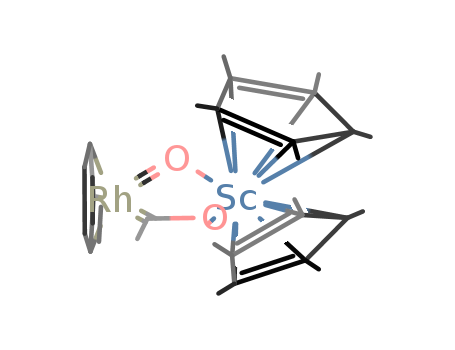
CasNo: 100-42-5
Molecular Formula: C8H8
Appearance: colorless, oily liquid with aroma odour
|
General Description |
Phenylethene, also known as Styrene or vinyl benzene, is an unsaturated hydrocarbon that is primarily used as a monomer in producing polystyrene plastics and resins. It is a colorless liquid with a unique sweet smell and has the chemical formula C8H8. It is very reactive due to the carbon-carbon double bond and is also flammable. Prolonged exposure to phenylethene is hazardous and can cause harmful effects on the skin, eyes, and respiratory system. It is also identified as a possible human carcinogen in its gas or vapor state by several health organizations due to its ability to cause cancer. |
|
Who Evaluation |
Evaluation year: 1984 |
|
EXPOSURE ROUTES |
inhalation, skin absorption, ingestion, skin and/or eye contact |
|
FIRST AID |
(See procedures) Eye:Irrigate immediately Skin:Water flush Breathing:Respiratory support Swallow:Medical attention immediately |
InChI:InChI=1/C8H8/c1-2-8-6-4-3-5-7-8/h2-7H,1H2
Optically active phenylethene dimers based on a planar chiral 4,7,12,15-tetrasubstituted [2.2]paracyclophane were synthesized. We succeeded in controlling the molecular motion by binding luminophores in close proximity with the [2.2]paracyclophane scaffold.
In this work, two organic fluorescent molecules (DANPAN and DANBEN) were developed based on dimethylamino naphthalenyl phenylethene structure. These two molecules have quite different fluorescent properties, and the position of cyano group significantly affects the optical properties of these dimethylamino naphthalenyl phenylethene derivatives.
In the text, two luminescent materials ECPPTT and ECDPTT, have been designed and synthesized by integrating tetraphenyl/triphenyl-ethene(TPE/TrPE), carbazole group and thianthrene-9,9,10,10-tetraoxide unit. ECPPTT and ECDPTT possess obvious AIE and TADF capabilities, and show good thermal stability in their thin film of 240 °C and 262 °C, respectively.